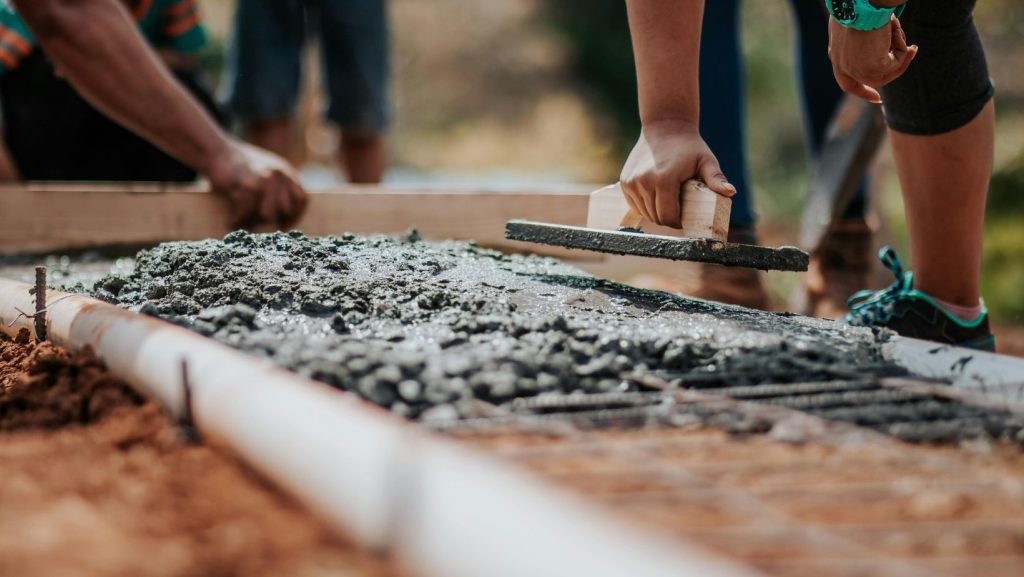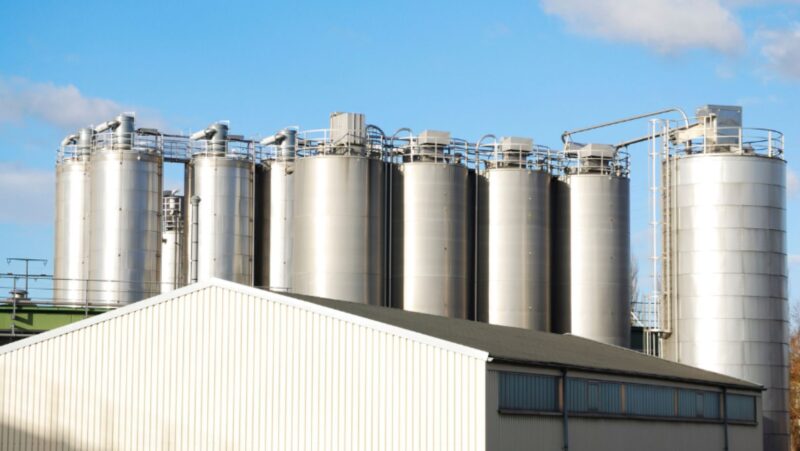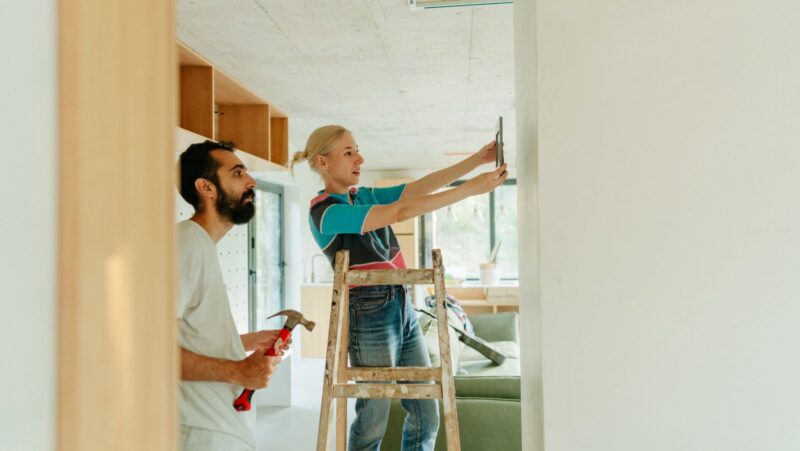
In the world of urban development, sustainability and eco-friendliness are more than just buzzwords—they’re imperative for the future of our cities. One of the areas where this is most vividly seen is in the recycling and repurposing of yard waste, a seemingly mundane but vastly underutilized resource in urban architecture. Integrating recycled yard waste into building projects demonstrates a commitment to environmental stewardship and opens the door to innovative design and construction techniques.
One essential step in this process is ensuring that yard waste is collected and disposed of responsibly, which is where services for professional yard waste disposal play a crucial role. By diverting green waste from landfills and transforming it into usable materials, architects and builders can significantly reduce the environmental impact of their projects.
The Green Waste to Building Materials Transformation
The core of this sustainable revolution is that organic waste is turned into construction materials. Advancements in technology and material science have made it possible for architects to turn yard waste into a range of building products, including leaves, twigs, and grass clippings. These can include biodegradable plant pots and more durable materials, such as wood composite alternatives used in outdoor decking and fencing. This also helps to reduce waste and the use of traditional, often non-renewable, building materials.
Moreover, recycled products provide a unique aesthetic and texture in urban architecture, thus creating spaces that are not only the latest in the environment but also visually and tactically rich.

This policy aligns with a biophilic design that aims to connect the building occupants more with the surrounding nature.
Green Roofs and Walls: Yard Waste Integration in Urban Landscapes
Green roofs and living walls are another fascinating use of recycled yard waste in urban architecture. Apart from adding to the beauty of buildings, these features offer enormous environmental benefits, including air quality improvement, urban heat island reduction, and stormwater runoff control. Developers in urban spaces can use composted yard waste as a medium for planting, resulting in lush, vibrant, growing spaces on roofs or facades that add to biodiversity and allow the residents a feeling of nature in their concrete surroundings.
Additionally, such green installations reflect the building’s effort to live sustainably, taking the form of a tangible expression of environmental consciousness and accountability. They serve as a memory of nature living beyond the boundaries and destruction of the city and reinforce the role that every addition and structure can play in ensuring it remains preserved.
Using composted yard waste, green roofs, and living walls brings a piece of nature into urban environments, offering aesthetic and environmental advantages. They contribute to biodiversity, enhance residents’ connection with nature, and reflect a commitment to sustainability. Such installations are not just about beautification but also about functional benefits like improved air quality and temperature regulation. They stand as symbols of a sustainable future, reminding us of architecture’s critical role in environmental stewardship.
The Recycle Yard Waste Ripple Effect.
The advantages of including recycled yard waste in urban design go beyond the short-term environmental effects.

Firstly, it brings substantial savings due to local materials sourcing and reduced disposal costs. In return, a community is established when the residents participate in green waste collection and see the physical fruits of their labor in the buildings.
In addition, by putting recycled materials first, cities provide an example of a sustainable action that other sectors and regions can emulate. This calls for a ripple effect, promoting eco-friendly practices and materials that may have broader environmental and social benefits.
Conclusion
The creative application of reused yard waste in urban design is the future direction for earth-friendly urban development. By redefining waste and acknowledging its potential as a resource, architects and builders could design spaces that are not only useable and aesthetically pleasing but also friendly to the environment.
This method implies cooperation among different players, including local governments, waste management companies, architects, and the community. It is a collective endeavor to reinvent our association with nature and embed green activities into city life. In this way, we are approaching a future in which the urban environment will be more sustainable, resilient, and harmonious.












